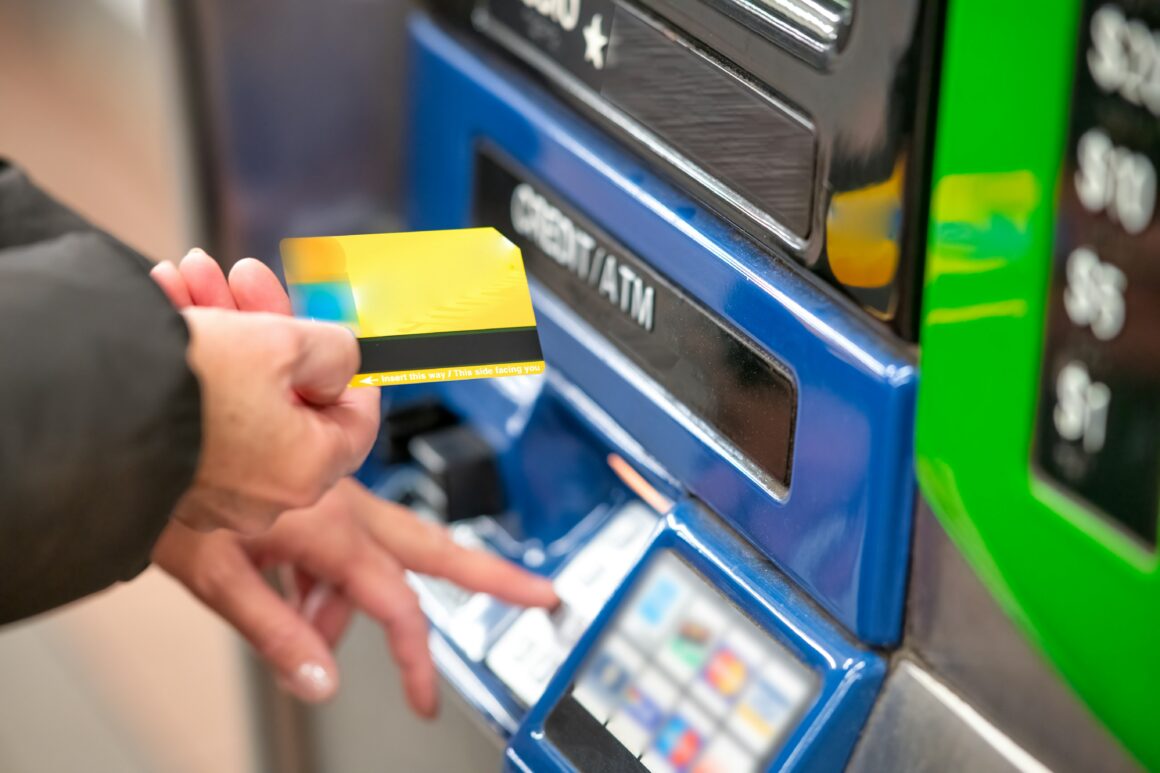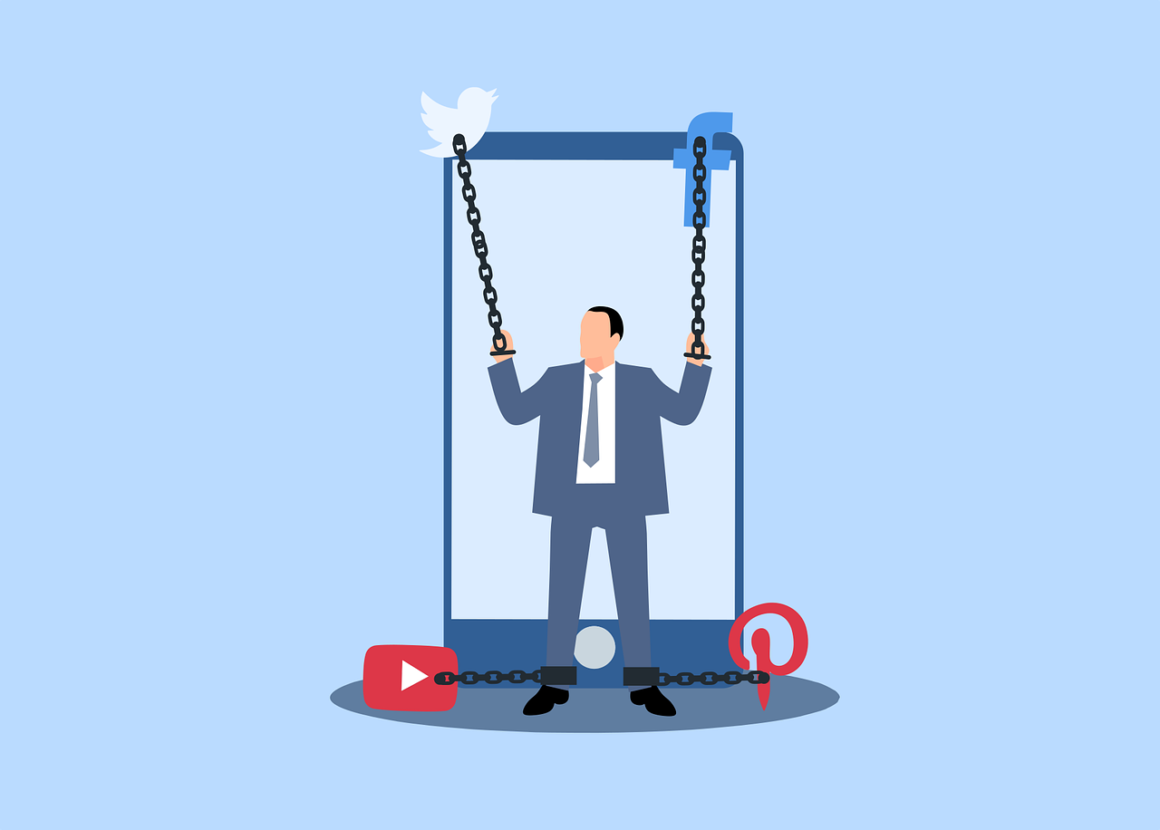While many schools throughout the U.S. advocate for the importance of eating healthy and nutritious food, whether in the form of lectures, campaigns or discussions, the majority of their actions do not follow through.
As a middle schooler, I was consistently informed of the importance of eating balanced breakfasts and lunches, but when I visited the cafeteria, I found it stockpiled with cookies, chips and gatorade. Schools want to have their cake and eat it too, advertising healthy eating while selling sweet food in order to make money.
While claiming to value the health and wellness of their students above all else, schools end up feeding children highly addictive and harmful ingredients. Sugar has been shown to trigger the same neural responses as an opioid would and has some of the same addictive properties as cocaine or nicotine. The dangerous substance has also been linked to the development of cardiovascular disease, as well as Type 2 diabetes and obesity.
On an even more disturbing note, around 80 percent of public schools have a contract with Coke or Pepsi. This means that by selling the company’s products, an underfunded school can make more money, leading junk food, especially sodas, to find its way into a student’s diet.
This surge in sugar products is particularly problematic because it reinforces incredibly unhealthy eating habits in students from a very young age, potentially leading them towards diabetes or obesity at a very formative and developmental time in their lives.
The availability of this nutritiously-worthless food on a daily basis can ingrain dangerous eating patterns into the lives of children, while schools continue to make money off of the practice.
It’s time to call attention to the issue, as students need to become aware of the kind of food they’re being provided with and its harmful effects in order to prevent future addictions and diseases.




